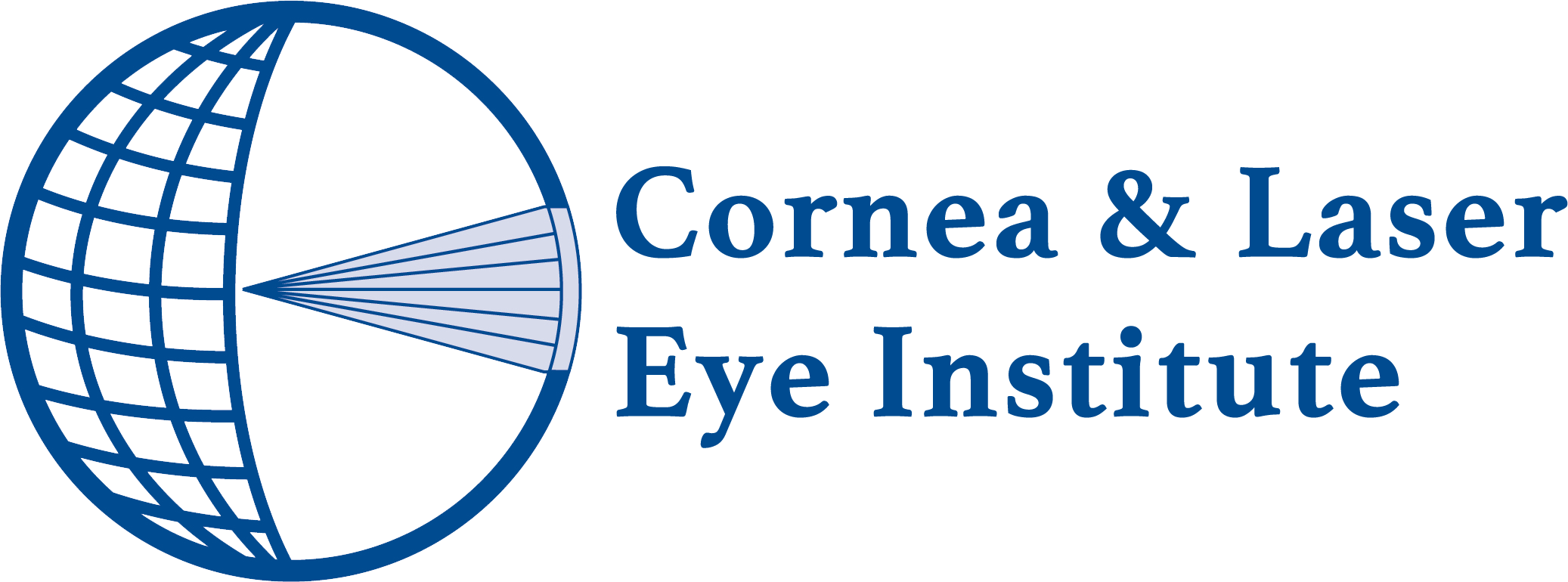
There are many scenarios where you may find yourself at risk for an eye injury. Whether you are playing a sport, handling chemicals, working with tools, or simply in an environment where foreign objects are present, the potential for eye injuries is significant. While eye injuries can be painful and concerning, the good news is that with proper precautions and knowledge, most of them can be prevented or treated effectively. Below, we explore four of the most common eye injuries and provide tips on how to prevent them.
Scratched Eye (Corneal Abrasion)
A scratched eye, also known as a corneal abrasion, occurs when the surface of the eye (cornea) is scraped or scratched. This can happen due to a variety of reasons, such as dirt or debris getting into the eye, accidental slips of makeup brushes, fingernail scratches, or even paper cuts. While corneal abrasions are common, they can be quite uncomfortable and lead to complications if not treated properly.
Prevention:
- Avoid rubbing your eyes when something is in them, as this can worsen the scratch.
- Use protective eyewear when working in environments with airborne debris or engaging in activities like woodworking or yard work.
- Be cautious when applying makeup, handling paper, or touching your eyes.
- Keep fingernails trimmed and smooth to minimize accidental scratches.
Treatment: If you suspect you have scratched your eye, do not rub it. Instead, try blinking to see if the irritation subsides. You can also rinse your eye with saline solution or clean water to remove any foreign particles. If the pain persists or your vision is affected, seek medical attention immediately. Your optometrist or ophthalmologist prescribes antibiotic drops to prevent infection and provide pain relief if necessary.
Chemical Exposure
Chemical eye injuries occur when substances such as cleaning solutions, industrial chemicals, or even household products accidentally get into the eyes. Depending on the type of chemical, exposure can cause irritation, burns, or more severe damage to the eye’s surface.
Prevention:
- Always wear protective goggles when handling chemicals, especially in laboratory or industrial settings.
- Read and follow safety instructions when using cleaning products or other potentially hazardous substances.
- Store chemicals safely and away from areas where they can easily be spilled or splashed.
Treatment: If chemicals enter your eye, do not panic. Immediately flush your eye with lukewarm water for at least 15 minutes. The best way to do this is by holding your head under a gentle stream of water or using an eyewash station if available. Avoid using eye drops unless recommended by a healthcare provider. Call your eye doctor or visit an urgent care center as soon as possible, providing details about the chemical involved for proper treatment guidance.
Sports-Related Eye Injuries
Sports are a common cause of eye injuries, particularly in high-impact activities such as basketball, football, baseball, hockey, and racquet sports. Injuries can range from minor bruising and irritation to more severe conditions like fractures, detached retinas, or even permanent vision loss.
Prevention:
- Wear appropriate eye protection for the sport you are playing. Polycarbonate lenses or sports goggles can significantly reduce the risk of injury.
- Be aware of your surroundings and avoid unnecessary risks, such as playing too aggressively or not wearing a helmet when required.
- Encourage children and teammates to use proper protective gear during sports activities.
Treatment: If you experience an eye injury during a game or practice, do not attempt to self-diagnose the severity. Seek medical evaluation immediately. Even if the injury seems minor, internal damage may not be visible right away. Swelling, pain, or changes in vision should be treated as urgent concerns.
Foreign Objects in the Eye
Small particles such as dust, sand, metal shavings, or wood splinters can enter the eye and cause discomfort, redness, and potential injury. In more serious cases, larger foreign objects can penetrate the eye, leading to vision-threatening complications.
Prevention:
- Always wear safety glasses or goggles when working in environments where debris is present.
- Use protective eyewear when mowing the lawn, using power tools, or performing any activity that may produce flying particles.
- Avoid rubbing your eyes if you feel something in them, as this can cause further damage.
Treatment: If a small object enters your eye, try blinking several times to see if tears can naturally wash it out. If that does not work, rinse your eye with clean water or saline solution. If the object remains or if pain and irritation persist, seek medical help rather than attempting to remove it yourself. For more serious cases, such as objects embedded in the eye, do not attempt removal— go to an emergency room immediately.
Final Thoughts
Eye injuries are common, but many of them are preventable with the right precautions. Whether you are working, playing sports, or handling chemicals, always prioritize eye safety by wearing appropriate protective gear and being mindful of your surroundings. If you experience an eye injury, seek medical attention promptly to prevent complications and ensure proper healing.
If you find that your glasses make it hard for you to wear eye protection when you need it the most, consider vision correction procedures like LASIK. LASIK eliminates the hassle of glasses and contacts, giving you sharp vision and allowing you to move freely, confidently, and safely while wearing protective eyewear or goggles.
Your vision is precious, and taking proactive steps to protect your eyes can make all the difference in maintaining healthy eyesight for years to come. If you ever find yourself dealing with an eye injury, don’t hesitate to contact our team of eye care professionals for guidance on the best course of action.



